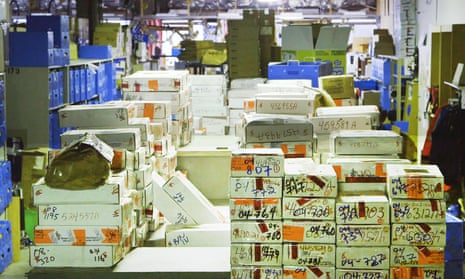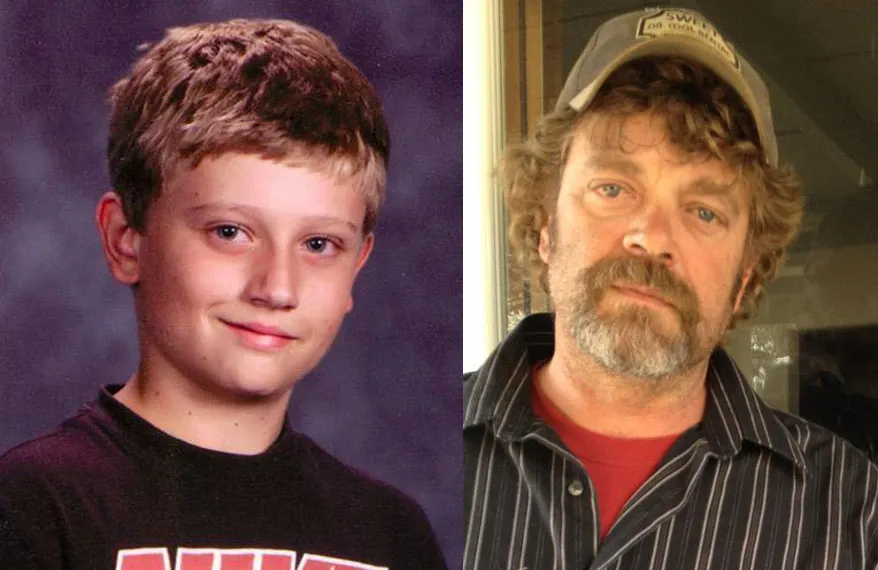The story of Mark Redwine is one that continues to haunt both investigators and the public. His case became infamous not only for the brutal murder of his son Dylan but also for the shocking and disturbing evidence that came to light during the investigation. With photos, images, and hidden computer files playing a central role, the Mark Redwine case exposed the darker side of family life and captured worldwide attention.
For many, the name Mark Redwine has become synonymous with betrayal and unimaginable cruelty. The shocking details of the case revealed how a father, entrusted with the care of his child, could turn into the very person responsible for his death. The disturbing photos discovered in his possession highlighted a side of him that shocked the court and the public. This article explores Dylan’s disappearance, the disturbing discoveries, the trial, and the lasting legacy of one of the most unsettling cases in modern true crime history.
The Disappearance of Dylan Redwine
In November 2012, 13-year-old Dylan Redwine travelled to visit his father, Mark Redwine, in Vallecito, Colorado. Dylan had been reluctant to make the trip, preferring instead to spend time with his friends. However, due to a court order, he had no choice but to spend part of his school holiday with his father. Just hours after arriving, Dylan disappeared without a trace, setting off an intense and emotional search.
Mark Redwine reported his son missing, claiming that Dylan had vanished while he was out running errands. Search teams scoured the mountainous terrain, and neighbours joined in the hunt. However, suspicions soon grew as Mark’s behaviour and statements appeared inconsistent. Questions began to surface about his role in the disappearance, as Dylan had told friends he felt uncomfortable around his father. The strained relationship between father and son would later play a crucial part in understanding what happened.
The Investigation into Mark Redwine
As the search dragged on, investigators began to look more closely at Mark Redwine himself. His actions during the investigation raised eyebrows, and law enforcement started to examine his personal life in detail. Key discoveries came when disturbing photos and images linked to him surfaced. These photos included bizarre diaper photos and unsettling laptop images that cast him in a deeply troubling light.
For investigators, these photos were not only unusual but also painted a portrait of a man hiding dark and disturbing secrets. Evidence from Mark Redwine’s computer revealed images that would later become central to the case against him. While the photographs did not directly prove murder, they created a perception of Mark Redwine as an individual with troubling tendencies, making him the prime suspect in his son’s disappearance and death.
Shocking Evidence and Photos

One of the most sensational aspects of the trial revolved around the so-called Mark Redwine diaper photos. These disturbing images showed him in highly inappropriate scenarios, which prosecutors argued could have caused conflict between him and his teenage son. Dylan had reportedly seen these photos and even shared his disgust with others, fuelling theories that this knowledge sparked a violent confrontation.
The discovery of photos on Mark Redwine’s laptop and other devices only deepened the mystery. Disturbing photos, images discovered on his computer, and pictures that circulated online painted an alarming portrait of his private life. Media outlets and social media platforms, including Twitter, amplified the story, with Mark Redwine photos becoming symbolic of the darker truths hidden in the case. The shocking nature of this evidence captured the public’s imagination and heavily influenced the jury’s perception.
The Trial of Mark Redwine
When the trial began years later, prosecutors meticulously built their case against Mark Redwine. They argued that Dylan’s death was not a tragic accident but the result of an explosive confrontation between father and son. The disturbing photos, combined with forensic evidence showing Dylan’s remains found near Mark’s home, painted a chilling narrative. Prosecutors told the court that Dylan had confronted his father about the diaper photos, sparking a violent reaction that ended in his death.
The defence countered by suggesting alternative explanations for Dylan’s death, including wild animal attacks, and attempted to downplay the role of the disturbing photos. Yet the weight of evidence, combined with Mark Redwine’s erratic behaviour and inconsistent statements, overwhelmed the defence’s arguments. Ultimately, the jury returned a guilty verdict, finding Mark Redwine guilty of second-degree murder and child abuse resulting in death. The verdict brought some closure but also left a lasting scar on the community.
Sentencing and Aftermath
Following his conviction, Mark Redwine was sentenced in 2021 to 48 years in prison, the maximum penalty under Colorado law. For Dylan’s mother and brother, the sentence provided a sense of justice, though no punishment could undo the grief of losing a young boy in such a horrific way. The courtroom scenes were emotional, with family members describing the pain and loss they had endured since Dylan’s disappearance.
The aftermath of the sentencing continued to draw widespread attention. True crime programmes, podcasts, and documentaries dissected every aspect of the case, from the disturbing diaper photos to the role of digital evidence. For many observers, the case became a textbook example of how personal images, laptop photos, and hidden files can change the course of an investigation. The Mark Redwine case has since become a reference point in discussions about digital privacy and evidence in criminal trials.
The Legacy of the Mark Redwine Case
The legacy of the Mark Redwine case extends far beyond Colorado. It serves as a chilling reminder of the dangers that can exist within family dynamics and the importance of recognising warning signs. The disturbing photos discovered on his computer not only shocked the court but also cemented the case as one of the most unsettling in recent history.
In true crime circles, the story of Mark Redwine continues to be retold. His Wikipedia page, archived media coverage, and the circulation of his images online ensure that interest in the case remains strong. The diaper photos, in particular, have become infamous, often mentioned in discussions about the most disturbing evidence ever presented in court. Ultimately, the case is remembered not only for its shocking evidence but also for the tragic loss of a young boy who deserved far better.
Conclusion
The case of Mark Redwine and the murder of his son Dylan Redwine is a chilling tale of betrayal, secrecy, and tragedy. The disturbing photos, bizarre images, and hidden computer files played a central role in shaping the investigation and trial. More than a decade later, the haunting details of the case remain embedded in the public’s memory.
For many, the name Mark Redwine stands as a dark warning about the secrets people can hide behind closed doors. His conviction brought justice for Dylan, but it also left behind a disturbing story that continues to resonate in the world of true crime. The legacy of the case serves as a reminder of the importance of vigilance, truth, and the pursuit of justice.
FAQs
What crime was Mark Redwine convicted of?
He was convicted of second-degree murder and child abuse resulting in the death of his 13-year-old son, Dylan Redwine.
What role did the diaper photos play in the case?
The diaper photos were not proof of murder but became key evidence in understanding the conflict between father and son. They also shaped the jury’s perception of Mark Redwine.
What sentence did Mark Redwine receive?
He received 48 years in prison, the maximum sentence possible under Colorado law.
Why is the Mark Redwine case so disturbing?
It combined a tragic family murder with the discovery of deeply disturbing photos, creating one of the most shocking true crime cases of the decade.
Where can I find more information on Mark Redwine?
Additional details can be found on Mark Redwine’s Wikipedia page, news archives, and true crime documentaries that continue to cover the case.
Also Read: michelle pugh

